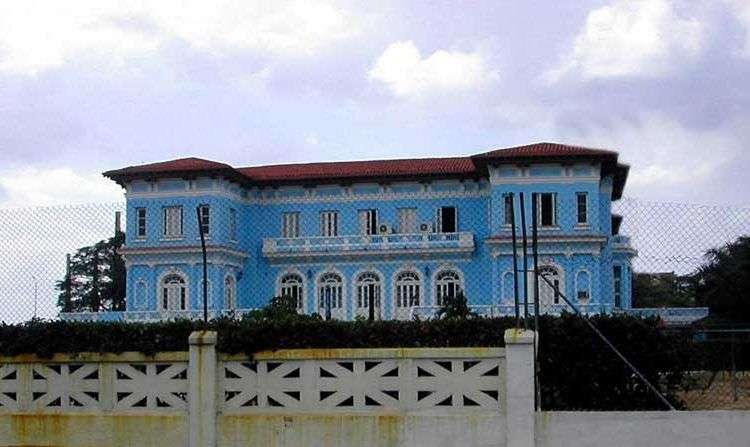One of the main resolutions of the Symposium on the re-founding of the Hall of Fame and the creation of the Museum of Cuban Baseball held a few months ago was to create a space to worship the history of the sport at the “Jose Antonio Echeverria” Social Circle, the former Vedado Tennis Club.
The decision brought heavy polemics with the Matanzas people who defended with tooth and nail the mythical Palmar de Junco, where the famous game of December 27, 1874 was held, and still remains active as a playground.
But at the event the Palmar de Junco was recognized as an enduring place of Cuban baseball but it does not meet all planning conditions to accommodate a project of the magnitude of the Cuban Museum and National Baseball Hall of Fame.
Reasons for selection
Now why did they choose the former Vedado Tennis Club (VTC)?
The Havana city installation, besides having favorable conditions for the ambitious architectural project, has a rich history linked to baseball in Cuba, as well as other sports.
The Vedado Tennis Club was founded on June 9, 1902, and had among its presidents in two terms Porfirio Franca who did much for the sport in this institution, which was one of the five people that took power in Cuba between September 5 and 10, 1933.
The VTC, in baseball, was one of the teams that participated in 1905 in the first amateur championship in the senior category in the Marino playground in Cerro next to the teams of Columbia, and the University of Havana. Precisely the first no-hitter in the history of amateur baseball in the island was by a pitcher who belonged to this team: Mario Castañeda.
In 1914 the national League of Amateur Baseball of Cuba was organized, allowing celebrating the first official championship of that category. The tournament was won precisely by the representative team of Vedado Tennis Club directed by Guillermo de Zaldo who had thirteen wins and only three losses.
A year later a pitcher of this team, Ramón Goizueta, pitched a no-hitter against the Atletico Cuba to become the first pitcher to have a no-hitter in the league. In 1916 a batter of VTC, Guillermo Villalba, stamped record for the Amateur League batting an astronomical 538 that was never surpassed.
The Marqueses of VTC got another milestone in the history of Cuban baseball to win four consecutive championships between 1925 and 1928 under the direction of Rafael Almeida, one of the first two Cubans to play in the majors in 1911 with the Reds of Cincinnati. This feat was matched only by the legendary Industriales of Ramon Carneado between 1963 and 1966. This team was next to the Sugar Central Hershey maximum winners of amateur baseball before 1961 with seven crowns each.
Another highlight for the selection of the capital institution is that 20 of the 68 inductees into the Hall of Fame from 1939 to 1961 played for the VTC or on its grounds.
The pitcher Ihosvany Gallegos who owns the record in a National Series with 0.37 ERA (three earned runs in 72.1 innings) has trained several generations of players as coach of “Jose Antonio Echeverria” Social Circle and yet, despite his advanced age, remains active.
A great like Adolfo Luque became known as a pitcher in the VTC. Another immortal as Martin Dihigo worked as a trainer at the “Jose Antonio Echeverria” Social Circle.
Beyond the ball
The VTC was among the first associations that supported the practice of organized boxing in Cuba. The first rowing regatta held in Cuba in 1911 involved the Vedado Tennis Club and the Yacht Club of Varadero, and was last held in the facilities of both centers.
The first Olympic swimming finalist from Cuba, Manuel Sanguily, which reached seventh in the 200 breaststroke in Melbourne 1956 with a time of 2.42.00, was formed there.
The first president of INDER, Jose Llanusa became one of the main basketball players of Cuba in the courts of VTC. Llanusa competed in the Olympic Games in London in 1948 and won a bronze medal at the Pan American Games in Guatemala in 1950. In 1954 he coached the basketball team that went to the Central American and Caribbean Games in Mexico.
The current “Jose Antonio Echeverria” Social Circle will become in the future (and hopefully not distant) in the new temple of Cuban baseball.










